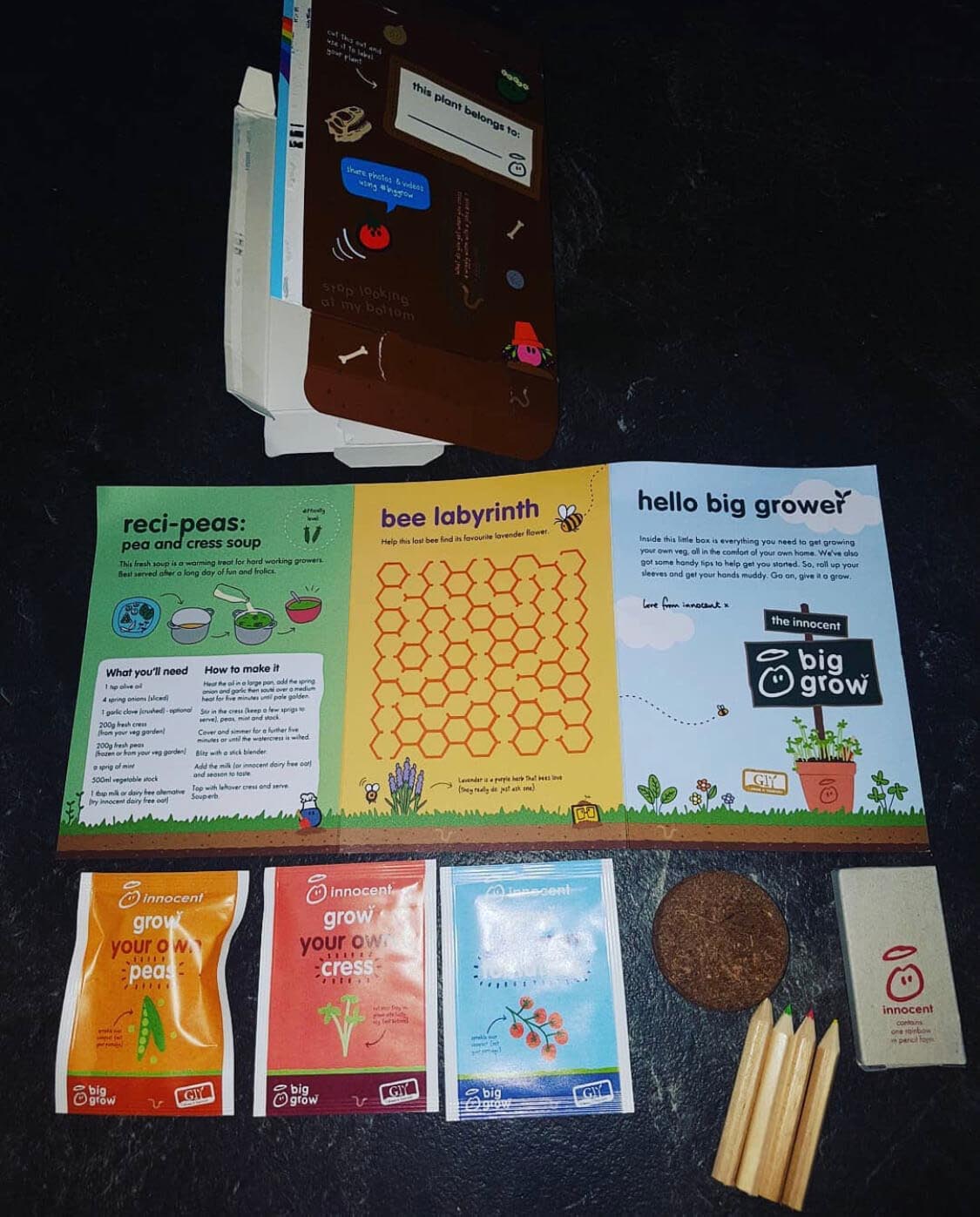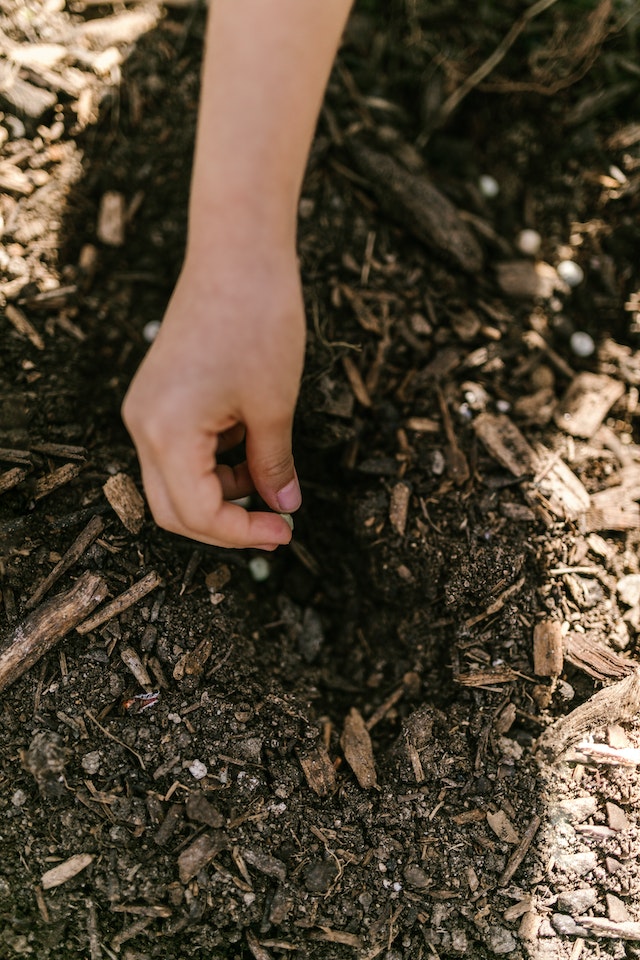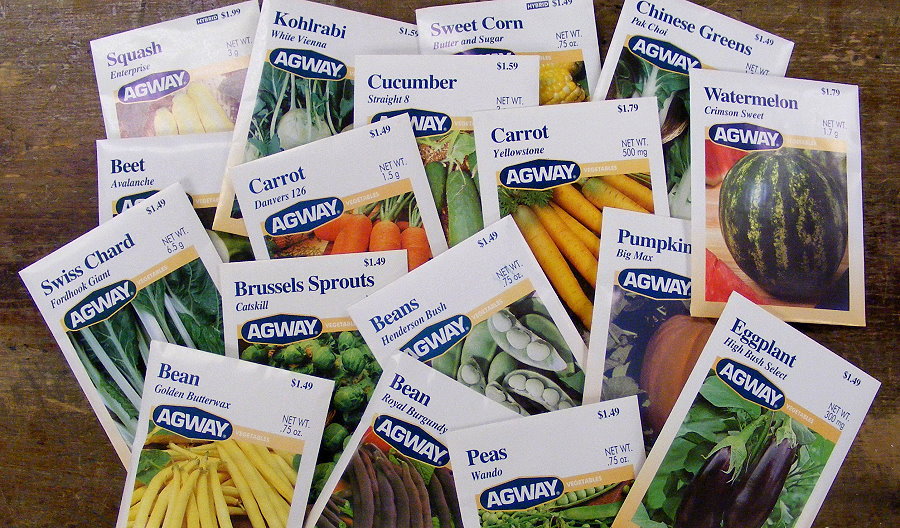How to Obtain Free Vegetable Seeds for Your Garden
Starting a garden can be a rewarding and cost-effective way to grow your own food, but the initial investment in seeds can be a barrier for many. Fortunately, there are several sources that offer free vegetable seeds by mail, making it easier for gardeners to get started. These free seeds can be a great way to try out new varieties, experiment with different growing techniques, and save money on seed costs.
Seed companies, gardening clubs, and online communities are just a few examples of organizations that offer free vegetable seeds by mail. These sources often provide a wide range of seed varieties, from popular favorites to heirloom and rare species. By taking advantage of these free seed offers, gardeners can expand their seed collections, try new varieties, and share seeds with friends and family.
In addition to seed companies and gardening clubs, online communities and forums are also great resources for finding free vegetable seeds by mail. These online platforms connect gardeners from around the world, allowing them to share knowledge, resources, and seeds. By joining these communities and participating in seed exchanges, gardeners can access a vast network of free seeds and connect with like-minded individuals.
When searching for free vegetable seeds by mail, it’s essential to research the source and understand the terms of the offer. Some seed companies may require you to pay for shipping or provide a self-addressed stamped envelope, while others may offer completely free seeds with no strings attached. By understanding the terms and conditions of each offer, gardeners can make the most of these free seed opportunities and start growing their dream garden.
With the rise of online gardening communities and seed exchanges, it’s easier than ever to access free vegetable seeds by mail. Whether you’re a seasoned gardener or just starting out, these free seeds can be a great way to expand your seed collection, try new varieties, and connect with other gardeners. By taking advantage of these free seed offers, gardeners can save money, experiment with new varieties, and enjoy the many benefits of growing their own food.
Top Seed Companies Offering Free Vegetable Seeds by Mail
Several reputable seed companies offer free vegetable seeds by mail, providing gardeners with a wide range of varieties to choose from. Some of the top seed companies that offer free seeds include Burpee, Seed Savers Exchange, and Renee’s Garden Seeds.
Burpee, a well-established seed company, offers a variety of free seeds through their website. They provide a range of vegetable seeds, including popular varieties like tomatoes, peppers, and cucumbers. Burpee’s free seed program is designed to help gardeners get started with their gardening journey, and they often include a packet of free seeds with every order.
Seed Savers Exchange, a non-profit organization dedicated to preserving heirloom varieties, also offers free seeds by mail. They provide a wide range of vegetable seeds, including rare and unique varieties that can’t be found elsewhere. Seed Savers Exchange relies on donations and membership support to continue their mission of preserving heirloom varieties.
Renee’s Garden Seeds, a company known for their high-quality seeds, offers a variety of free seeds through their website. They provide a range of vegetable seeds, including organic and non-GMO options. Renee’s Garden Seeds often includes a packet of free seeds with every order, and they also offer a free seed catalog for gardeners to browse.
These seed companies, and others like them, provide a valuable resource for gardeners looking to start or expand their gardens. By offering free vegetable seeds by mail, they make it easier for gardeners to access a wide range of varieties and get started with their gardening journey.
When requesting free seeds from these companies, be sure to follow their guidelines and provide any necessary information. Some companies may require you to pay for shipping or provide a self-addressed stamped envelope, while others may offer completely free seeds with no strings attached.
How to Request Free Seeds from Seed Companies
Requesting free seeds from seed companies can be a straightforward process, but it’s essential to follow the company’s guidelines to ensure a successful request. Here’s a step-by-step guide on how to request free seeds from seed companies:
First, find the seed company’s website and navigate to their free seed offer page. Many seed companies have a dedicated page for free seeds, where they outline the types of seeds available, the request process, and any requirements or restrictions.
Next, review the company’s free seed offer to understand what types of seeds are available and what information is required to request them. Some companies may require you to provide your name, address, and email address, while others may ask for more detailed information, such as your gardening experience or the types of seeds you’re interested in.
Once you’ve reviewed the free seed offer, fill out the request form and provide the required information. Be sure to follow the company’s instructions carefully, as incomplete or inaccurate requests may not be processed.
After submitting your request, wait for the company to process and ship your free seeds. This can take anywhere from a few days to several weeks, depending on the company’s shipping policies and the time of year.
When requesting free seeds from seed companies, it’s essential to be patient and flexible. Some companies may have limited quantities of free seeds available, and requests may be fulfilled on a first-come, first-served basis.
Additionally, be aware of any potential restrictions or limitations on the free seeds, such as the types of seeds available, the quantity of seeds provided, or the shipping costs. Some companies may require you to pay for shipping or provide a self-addressed stamped envelope to receive your free seeds.
By following these steps and being aware of the company’s guidelines and restrictions, you can successfully request free seeds from seed companies and start growing your own vegetables with minimal upfront costs.
Other Sources of Free Vegetable Seeds by Mail
In addition to seed companies, there are several other sources of free vegetable seeds by mail that gardeners can take advantage of. Gardening clubs, online forums, and social media groups are just a few examples of communities that offer free seeds to their members.
Gardening clubs are a great way to connect with other gardeners in your area and access free seeds. Many clubs offer seed exchanges, where members can swap seeds with one another. To find a gardening club in your area, search online or check with local nurseries or gardening stores.
Online forums and social media groups are also excellent sources of free seeds. Websites like GardenWeb and Reddit’s r/gardening community offer seed exchanges and giveaways. Facebook groups and online forums dedicated to gardening also often have seed exchanges and free seed offers.
To take advantage of these free seed offers, join the online community or forum and participate in the discussions. Many groups require you to be an active member before you can request free seeds. Be sure to follow the group’s rules and guidelines for requesting seeds.
Another source of free seeds is online seed libraries. These libraries offer free seeds to members, often in exchange for a small donation or membership fee. Seed libraries are a great way to access rare and heirloom varieties of seeds.
When requesting free seeds from these sources, be sure to follow the guidelines and rules of the community or group. Some groups may require you to provide a self-addressed stamped envelope or pay for shipping. Be respectful of the community and the seeds they offer, and be sure to follow up with a thank-you note or message.
By taking advantage of these other sources of free vegetable seeds by mail, gardeners can access a wide range of varieties and start growing their own food with minimal upfront costs.
What to Expect When Receiving Free Seeds by Mail
When receiving free seeds by mail, it’s essential to know what to expect. The types of seeds you receive, the packaging, and any potential restrictions or limitations can vary depending on the source of the seeds.
Typically, free seeds by mail are packaged in small envelopes or packets, containing a few seeds or a small packet of seeds. The seeds may be labeled with the variety name, growing instructions, and any specific care requirements. Some seed companies may also include a catalog or brochure with their free seed offer, providing more information about their products and services.
When receiving free seeds from seed companies, you may receive a variety of seeds, including popular varieties, heirloom varieties, or experimental varieties. Some seed companies may also offer free seeds from their trial gardens, providing gardeners with the opportunity to try new and unusual varieties.
It’s essential to note that free seeds by mail may have some restrictions or limitations. Some seed companies may require you to pay for shipping or provide a self-addressed stamped envelope to receive your free seeds. Others may limit the number of free seeds you can receive or require you to be a member of their gardening community.
When receiving free seeds from online communities or social media groups, the seeds may be packaged in small envelopes or packets, and the variety and quality of the seeds may vary. It’s essential to follow the group’s guidelines and rules for requesting seeds and to be respectful of the community and the seeds they offer.
Overall, receiving free seeds by mail can be a great way to start or expand your garden, and by knowing what to expect, you can make the most of this opportunity.
Tips for Starting Your Garden with Free Seeds
Starting a garden with free seeds can be a rewarding and cost-effective way to grow your own food. However, it requires careful planning and attention to detail to ensure success. Here are some tips to help you get started:
First, prepare the soil by loosening it to a depth of 8-10 inches and adding organic matter such as compost or manure. This will help improve the soil’s structure and fertility, giving your seeds the best chance to germinate and grow.
Next, sow the seeds at the correct depth and spacing. Check the seed package for specific instructions, as different varieties have different requirements. Water the soil gently but thoroughly after sowing, and keep the soil consistently moist during the germination period.
Once the seeds have germinated, provide them with adequate light and temperature. Most vegetable seeds require full sun to partial shade and temperatures between 60-80°F (15-27°C) to grow. Make sure to also provide support for climbing plants, such as peas and beans, and to keep the area around the plants weed-free.
Another important tip is to keep the soil consistently moist, but not waterlogged. Overwatering can lead to root rot and other problems, while underwatering can cause the plants to become stressed and vulnerable to pests and diseases.
Finally, keep an eye out for pests and diseases, and take action promptly if you notice any problems. Use organic methods of control whenever possible, such as introducing beneficial insects or using neem oil, to minimize harm to the environment and your health.
By following these tips, you can successfully start your garden with free seeds and enjoy a bountiful harvest of fresh, delicious vegetables.
Common Mistakes to Avoid When Growing from Free Seeds
While growing from free seeds can be a rewarding experience, there are several common mistakes to avoid in order to ensure success. By being aware of these mistakes, you can take steps to prevent them and enjoy a bountiful harvest of fresh, delicious vegetables.
One of the most common mistakes to avoid is not following the seed package instructions. Seed packages often include specific instructions for sowing, watering, and caring for the seeds, and failing to follow these instructions can lead to poor germination rates, weak seedlings, and reduced yields.
Another mistake to avoid is not providing adequate care for the seedlings. This includes not providing enough light, water, or nutrients, as well as not protecting the seedlings from pests and diseases. By providing proper care, you can help your seedlings grow strong and healthy, and increase their chances of survival.
Not monitoring for pests and diseases is also a common mistake to avoid. Pests and diseases can quickly spread and destroy a crop, so it’s essential to regularly inspect your plants and take action promptly if you notice any problems. This can include using organic methods of control, such as introducing beneficial insects or using neem oil, to minimize harm to the environment and your health.
Finally, not keeping accurate records is a mistake to avoid. Keeping track of the seeds you’ve sown, the weather patterns, and the progress of your plants can help you identify patterns and make informed decisions about future plantings. This can also help you to refine your techniques and improve your yields over time.
By avoiding these common mistakes, you can increase your chances of success when growing from free seeds and enjoy a bountiful harvest of fresh, delicious vegetables.
Conclusion: Getting Started with Free Vegetable Seeds by Mail
Getting free vegetable seeds by mail is a great way to start or expand your garden without breaking the bank. By taking advantage of the various sources of free seeds, such as seed companies, gardening clubs, and online communities, you can access a wide range of varieties and start growing your own food with minimal upfront costs.
Remember to follow the tips and advice outlined in this article, including how to request free seeds from seed companies, what to expect when receiving free seeds by mail, and how to start your garden with free seeds. By avoiding common mistakes and providing proper care, you can enjoy a bountiful harvest of fresh, delicious vegetables.
So why not get started today? Visit a seed company website, join a gardening community, or search online for free vegetable seeds by mail. With a little patience and effort, you can be enjoying fresh, homegrown produce in no time.
Happy gardening!









